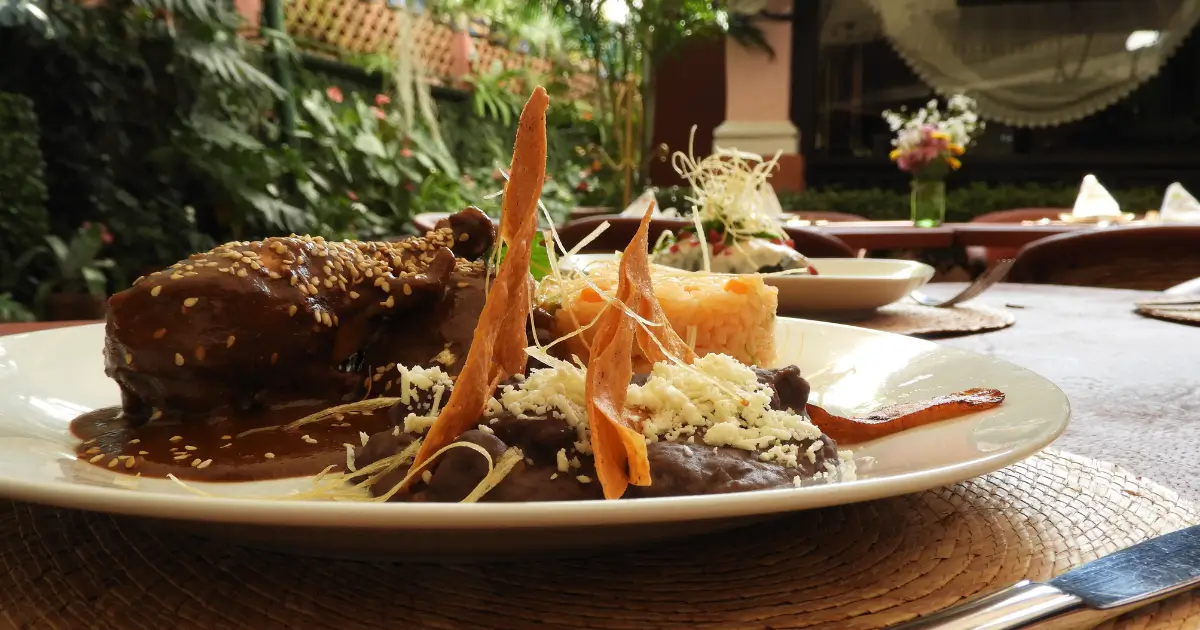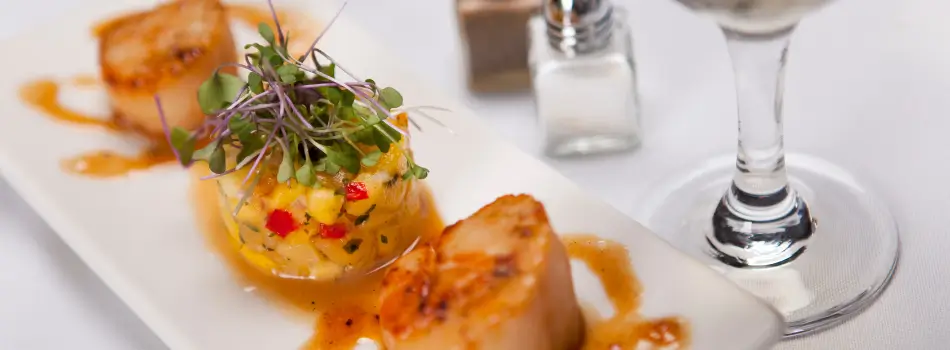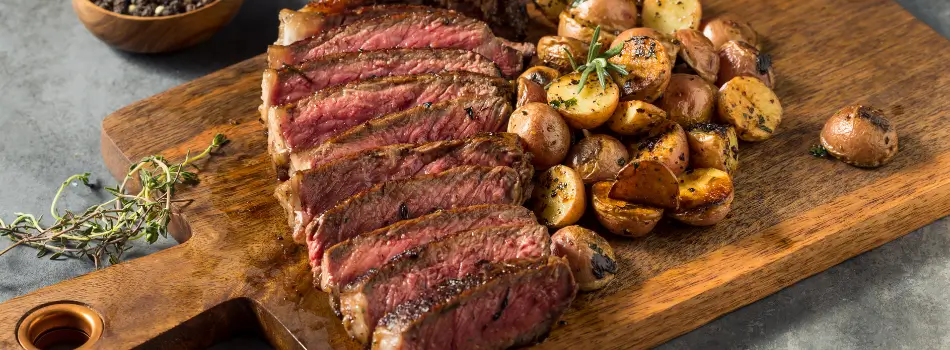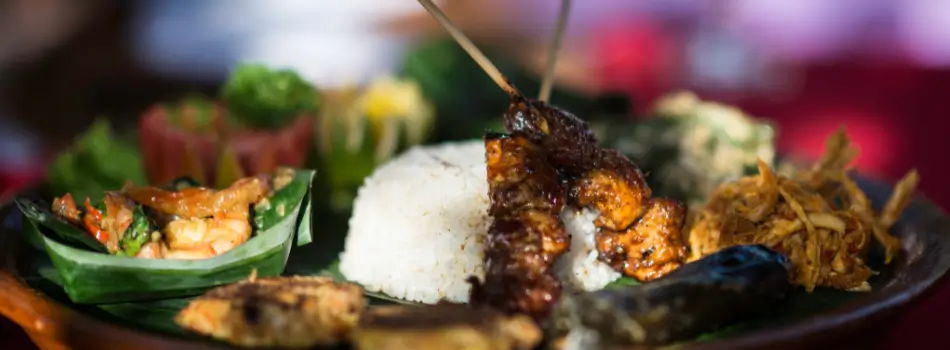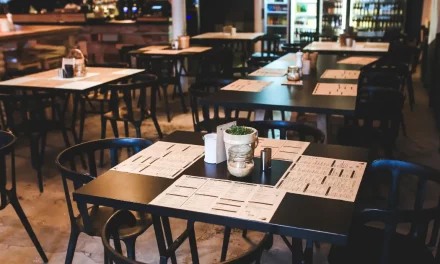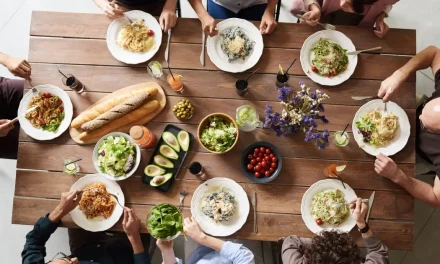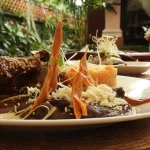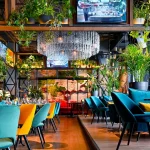American food places in 2025 reflect the country’s growing appetite for experience, authenticity, and culinary exploration. The American dining scene has transformed into a canvas of innovation where every dish tells a story—of region, identity, and philosophy. Restaurants today are no longer just places to eat; they are immersive spaces where culture, history, and modernity collide. Patrons seek more than nourishment—they crave narrative, engagement, and ethical resonance.
In major cities and small towns alike, American food places showcase seasonal ingredients, honor local traditions, and push culinary boundaries with experimental flair. Whether it’s a 12-course omakase experience or a minimalist farm-to-table menu, the essence of what makes a food place top-tier lies in its ability to reflect both place and progress. This article dives into the defining traits of America’s finest food establishments in 2025, exploring regional distinctions, visionary chefs, and the evolving relationship between cuisine and culture.
Defining Excellence in American Food Places: What Makes Them Stand Out
In a highly competitive industry, the best American food places don’t just serve food—they create memory-rich moments. They emphasize atmosphere, service, and a distinctive point of view. In 2025, excellence often includes sustainability, inclusivity, and connection to local identity.
From the moment guests walk in, everything from lighting to plating is designed with intention. Menus often rotate with the seasons and reflect a commitment to local sourcing and social responsibility. These top-tier places are transparent about sourcing, labor ethics, and their carbon footprint. Equally important is storytelling—American food places that succeed in 2025 communicate the inspiration behind each dish and celebrate the heritage and hands that brought it to life.
Regional Highlights in American Food Places Across the U.S.
American Food Places in New York City: Diversity and Fine Dining Redefined
New York continues to be a culinary powerhouse with a breathtaking range of American food places. From Michelin-starred tasting menus in Manhattan skyscrapers to hidden ramen counters in converted Brooklyn warehouses, diversity defines the city’s foodscape. In 2025, chefs embrace fusion without dilution—melding flavors from Korea, West Africa, and Sicily while staying rooted in locally sourced ingredients and community-driven ethos.
Dining here is also theatrical. Tableside preparations, interactive plating, and chef-led storytelling turn every meal into a curated experience. NYC’s leading food places go beyond food—they present history, identity, and emotion in edible form.
American Food Places in California: Sustainability and Wellness on the Plate
California’s top food destinations combine culinary artistry with wellness philosophy. In Los Angeles, chefs blend Mediterranean principles with Pacific flair, using ingredients like kelp, yuzu, and heritage grains. San Francisco’s food places prioritize regenerative agriculture, zero-waste practices, and partnerships with local farmers.
Menus reflect balance: light yet bold, plant-forward yet indulgent. Whether at a minimalist vegan café or a high-tech sushi lab, the state’s best food places mirror its ethos—fresh, conscious, and boundary-pushing.
American Food Places in the South: Soulful Roots and Refined Comfort
Southern cuisine remains one of the most soulful pillars of American food. But in 2025, leading food places in Charleston, Nashville, and New Orleans are bringing refinement to traditional comfort dishes. Shrimp and grits become a canvas for elevated plating; fried chicken may arrive with fermented hot sauce and collard green foam.
Yet, the heart remains unchanged. These food places tell ancestral stories through food, drawing from Black, Indigenous, and immigrant roots. Hospitality here is sincere, service is gracious, and the flavors—bold, smoky, and sweet—remain unforgettable.
American Food Places in the Midwest: Farm-Focused and Inventive
Often overlooked, the Midwest is now a hotbed of culinary creativity. In cities like Chicago, Madison, and Minneapolis, chefs are redefining Midwestern fare with experimental techniques and hyper-local sourcing. Food places collaborate with farmers, bakers, and brewers to create closed-loop dining ecosystems.
Expect menus featuring foraged mushrooms, aged meats, and heirloom vegetables—all plated with aesthetic precision usually reserved for haute cuisine. Rustic meets avant-garde in ways that reflect both resilience and reinvention.
Visionary Chefs Shaping American Food Places
Personality-Driven Leadership in American Food Places
The modern American chef is part artist, part activist. These culinary leaders design menus not just to impress palates but to educate and provoke thought. Whether it’s by sourcing only from BIPOC farmers, showcasing Indigenous ingredients, or reclaiming lost recipes, today’s top chefs inject meaning into every course.
They are active on social media, publish cookbooks with a message, and build their brands around values—sustainability, justice, and mental wellness in the kitchen. Diners today are as interested in who made the dish and why as they are in how it tastes.
Women and BIPOC Leaders Transforming American Food Places
Representation is shifting in American kitchens. Women chefs, Black culinary pioneers, queer food activists, and Indigenous cooks are finally receiving national attention. They’re not just participating—they’re leading innovation.
Their approaches often differ from the classical European model: more collaborative, less hierarchical, and deeply rooted in cultural authenticity. These chefs are rewriting the rules, reshaping the food narrative, and expanding what’s considered “top-tier.”
Top Trends Defining American Food Places in 2025
Experiential Dining: Immersion and Interaction in American Food Places
Dining out in 2025 means stepping into another world. Some food places integrate storytelling through décor, music, and even scent. Multi-sensory tasting menus are choreographed like theater productions, and the role of the guest is interactive—sometimes dining blindfolded, sometimes cooking a final garnish tableside.
Food is paired with performance, space with story. These immersive concepts allow diners to connect emotionally with their meals, remembering not just the taste but the journey.
Technology Meets Tradition in American Food Places
Technology is a tool, not a gimmick, in 2025’s best food establishments. Smart menus adjust based on allergies or dietary preferences. Augmented reality overlays describe dish origins. Robotic assistants handle plating and portion control with surgical precision, freeing chefs to focus on creativity.
But humanity remains at the center. Personal interaction, hand-crafted elements, and artisan skills ensure that tech supports rather than replaces the soul of the restaurant.
Why American Food Places Are More Than Restaurants
Top American food places do more than serve exceptional meals—they reflect the social, cultural, and environmental pulse of a nation. They influence global food trends, elevate local economies, and create spaces where culture and community thrive.
In 2025, these food destinations are forums for dialogue, beacons of sustainability, and emblems of creativity. They remind us that food is not just sustenance—it’s expression, heritage, and a shared human language.

